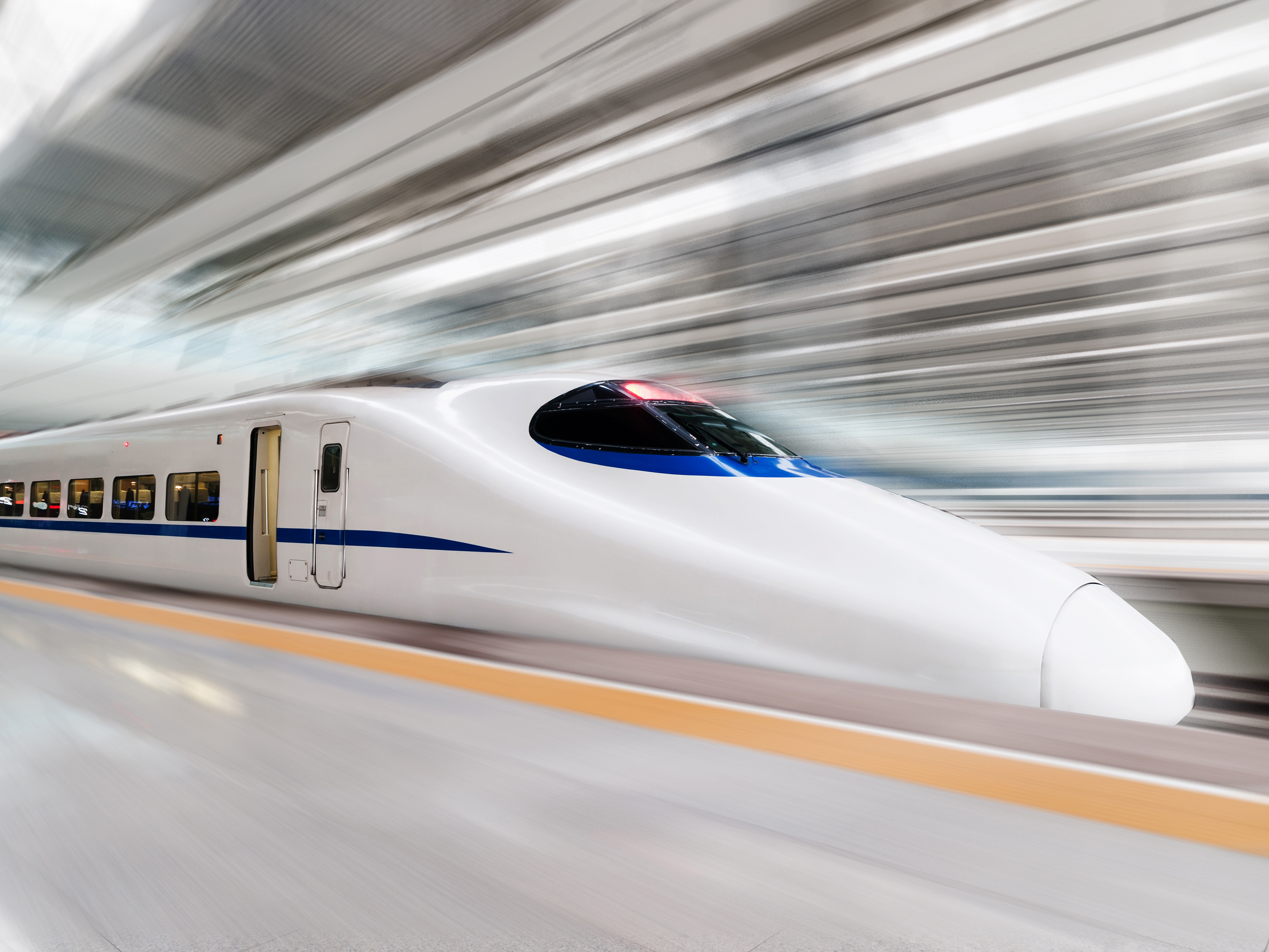- Japan has long been an innovator of striking infrastructure projects.
- Today, Japan is involved in several projects around the world that could influence infrastructure for years to come.
- Here are eight Japanese infrastructure projects that could reshape the world.
- Visit Business Insider’s homepage for more stories.
Japan has a long history of striking infrastructure projects.
From the Horyu-ji temple, one of the world’s oldest-standing wooden buildings, to the Shinkansen, the first high-speed rail line, Japanese infrastructure development has wielded an outsize influence on international design for a country about half the size of Texas.
And Japan has several projects in the works that are pushing the infrastructural envelope in places like Kenya, India, and even the United States.
Here are a few of the international infrastructure projects Japan is involved in that could change the shape of the world in years to come:
Olkaria Geothermal Power Station, Kenya: $94 million

China has been building much-needed infrastructure in Africa for years, specifically targeting natural resources like petroleum and other commodities, as the demand for natural resources in China increased with their economic growth.
Japan has followed suit by investing in African infrastructure projects that initially targeted primary education, health, and medical services, according to the Ministry of Foreign Affair in Japan. More recently, after observing the economic and political "strategic gains" China has made through infrastructure investments in natural resources, Japan shifted its focus to commodities like the Olkaria Geothermal Power Station plant in Kenya.
Chennai Metro Rail Limited, India: $9.8 million

Recognizing the economic potential in the emerging Indian market, Japan has also partnered with this India to become involved in projects like the Free and Open Indo-Pacific Strategy, an initiative that seeks to increase connectivity between the Indian and Pacific oceans.
Additionally, Japan brings both money and technology to the table for the Chennai Metro Rail project, with the Japan International Cooperation Agency offering a "low rate of interest on the loan," according to The Hindu.
Shinkansen High Speed Rail, Singapore and Malaysia: $17 to $20 billion

The Shinkansen, the bullet train that connects Tokyo to other cities in central Japan, first opened in 1964. Though this iconic system remains the gold standard for high-speed rail travel, it's only in recent years that Japan has been successful in exporting it to other countries.
The Shinkansen connection between Malaysia and Singapore, which according to The Strait Times is projected to be completed in 2026, will reduce travel time to 90 minutes, much faster than other trains that take 5 hours on average. Japan will provide some of the funding as well as the technology, The Straits Times reported.
Shinkansen, India: $12 billion

Japan will also export the Shinkansen to a 508-kilometer underground route that connects the two major Indian cities of Mumbai and Ahmedabad. Eighty-one percent of the funding for the $14 billion project will come from Japan, according to Railway Technology.
Shinkansen, Texas: $300 million

Private investors plan to build a high-speed connection between Dallas and Houston. The route will bridge the flat Texas plains, with financial support from Japan to the tune of $300 million. Overall, the Texas Central railway has raised more than $450 million from investors, according to a Texas Central spokesperson.
W350 Wooden Skyscraper, Tokyo: $5.6 billion

The Sumitomo Forestry company has plans to build the world's first 70-story skyscraper out of wood. The building carries a price tag of more than $5 billion.
Tokyo 2020 National Olympic Stadium: $1.26 billion

When Japan hosted the Summer Olympics in 1964, Japanese architect Kenzo Tange's Yoyogi National Gymnasium became an architectural icon. When it hosts the 2020 Summer Olympics, Japan will add another architectural jewel.
Currently under construction, the new national stadium, dreamed up by Japanese architect Kengo Kuma, is designed to harmonize with the surrounding greenscape and recall the elements of a traditional Japanese temple - while still accommodating Olympic-sized crowds.
Tokyo 2045: TBD

As an island nation, Japan is particularly sensitive to rising seas and other effects of climate change.
In response to environmental changes, architects from Kohn Pedersen Fox Associates and Leslie E. Robertson Associates created a vision for Tokyo in 2045. The design includes hexagonal pads in Tokyo Bay to break up storm surges and the Sky Mile Tower, a mile-high building - that's twice as high as the Burj Khalifa - that would provide housing for as many as 55,000 residents.

